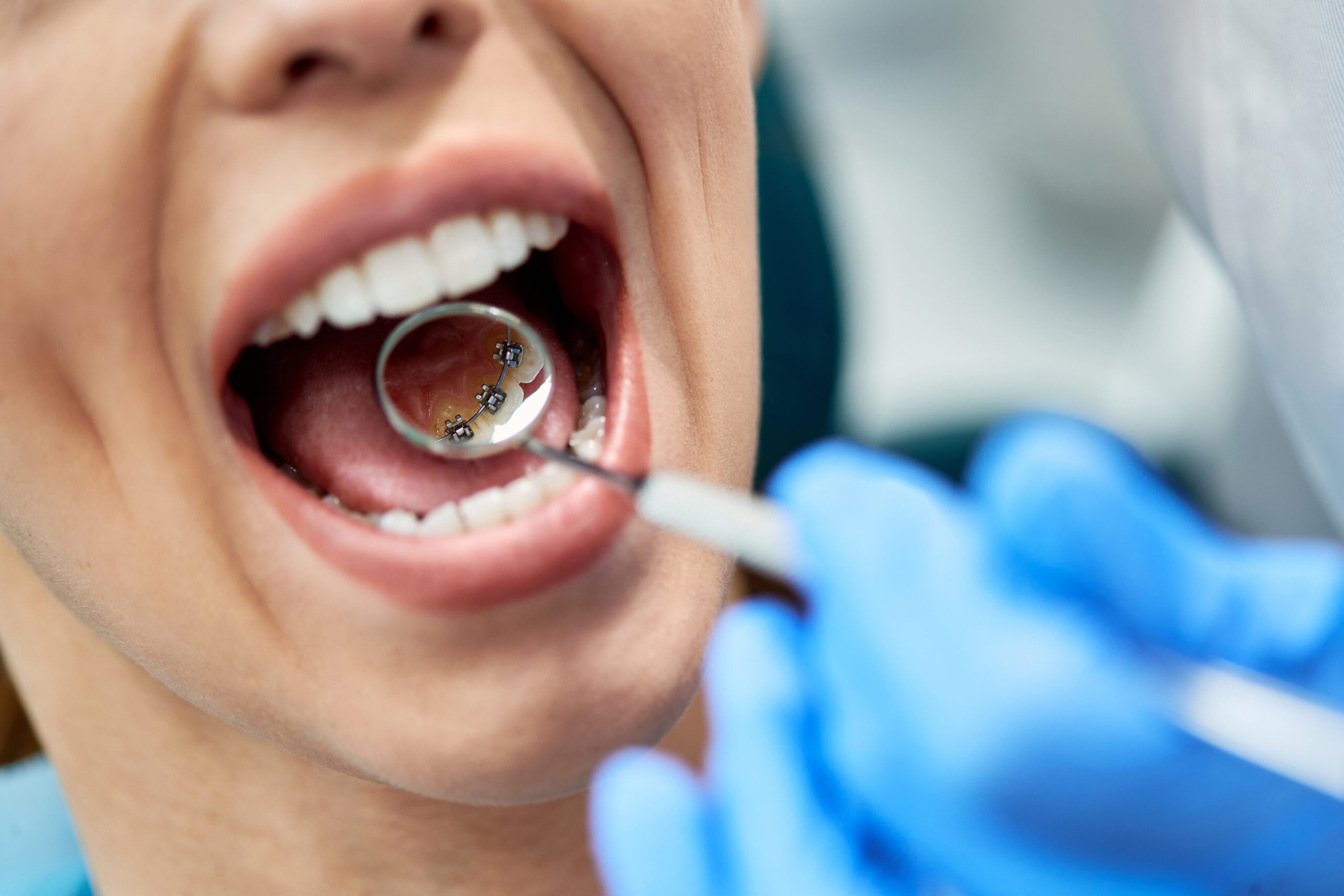Some Known Details About Legacy Orthodontics
Table of ContentsLegacy Orthodontics for DummiesLegacy Orthodontics for DummiesThe Legacy Orthodontics IdeasThe smart Trick of Legacy Orthodontics That Nobody is Talking About3 Easy Facts About Legacy Orthodontics Described
In addition, we provide adjustable treatment schedules, flexible payment options and a fun, pleasurable experience.An orthodontist is a dental expert trained to diagnose, avoid, and treat teeth and jaw abnormalities. Orthodontists function with people of all ages, from children to grownups.
Malocclusion, or misaligned teeth, can result in dental concerns, consisting of dental caries, gum disease, and hard or excruciating chewing. But not every person is birthed with straight teeth. If you have a negative bite or huge spaces in between your teeth, you may intend to get in touch with a dental practitioner focusing on orthodontic treatment.
The Legacy Orthodontics Diaries
( Image Credit Scores: DigitalVision/Getty Images) Orthodontists make use of repaired and detachable dental tools, like braces, retainers, and bands, to alter the placement of teeth in your mouth. Orthodontic therapy is for dental irregularities, consisting of: Misaligned teethBite troubles, like an overbite or an underbiteCrowded teeth or teeth that are too much apartJaw misalignmentThe goal of orthodontic therapy is to boost your bite.
A healthy and balanced bite ensures you can consume, eat, and speak properly. While you could think of orthodontists as generally for kids or teenagers who require braces, they can deal with oral problems at any kind of age. Orthodontists participate in college, oral college, and orthodontic school. After graduation, they invest 2 or 3 years in an orthodontic residency program.
, however not all dental experts are orthodontists. They concentrate on two areas: Exactly how to correctly and safely move teeth How to properly guide development in the teeth, jaw, and faceOnce an orthodontist has actually finished training, they have the choice to end up being board certified.
Legacy Orthodontics - Questions
Imbalance, or malocclusion, is one of the most common factor people see an orthodontist. It is hereditary and is the outcome of size distinctions between the top and lower jaw or in between the jaw and teeth. Malocclusion brings about tooth overcrowding, a misshapen jaw, or uneven bite patterns. Malocclusion is typically treated with: Your orthodontist affixes metal, ceramic, or plastic square bonds to your teeth.
If you have only minor malocclusion, you might have the ability to make use of clear braces, called aligners, as opposed to typical braces (https://www.cheaperseeker.com/u/legacyortho). Some individuals require a headgear to help move teeth right into line with pressure from outside the mouth. After dental braces or aligners, you'll require to use a retainer. A retainer is a custom gadget that maintains your teeth in place.
They're frequently utilized on youngsters. They can produce extra area in the mouth without needing to draw teeth. If you have a significant underbite or overbite, you might require orthognathic surgery (likewise called orthodontic surgery) to extend or shorten your jaw. Orthodontists use cords, surgical screws, or plates to support your jaw bone.
You might need to see an orthodontist if you have: Crowding or otherwise sufficient room for every one of your teethOverbite, when your upper teeth come over your base teethUnderbite, when your bottom teeth are too far forwardSpacing or problems with gapsCrossbite, which is when your top teeth fit behind your base teeth when your mouth is closedOpen bite or a vertical space between your front base and upper teethMisplaced midline, when the center of your bottom and top teeth don't line up Dealing with an oral malocclusion can: Make attacking, eating, and speaking easierImprove the proportion of our face and your total appearanceEase pain from temporomandibular joint problemsDifferent your teeth and make them much easier to clean up, helping stop dental cavity Going Here or dental caries It's usually a dental practitioner who first notifications misaligned teeth during a regular test.
Legacy Orthodontics Things To Know Before You Get This

During your initial orthodontic examination, you'll likely have: An oral examPhotos taken of your face and smileDental X-raysPanoramic (360 level) X-rays of your face and headImpressions to produce molds of your teethThese examinations will aid your orthodontist know just how to wage your therapy. invisalign. An orthodontist is a dental practitioner who's had training to treat your teeth and jaw
An orthodontist is concentrated on your bite, so something like a damaged tooth would be dealt with by a dentist. Orthodontists are focused on your bite, or the method your teeth fit with each other, and the straightness of your teeth.
Ever before questioned just how celebs constantly appear to have flawlessly aligned teeth? Orthodontists are dental experts who focus on correcting irregularities in the teeth and jaws.
The Best Strategy To Use For Legacy Orthodontics

, orthodontists have a varied toolkit at their disposal. These tried-and-true braces utilize a system of brackets bound to the teeth and attached by cords.
These detachable trays are personalized to considerably change the teeth's setting. In situations of narrow jaws, palatal expanders can be used to create room for correct tooth positioning.